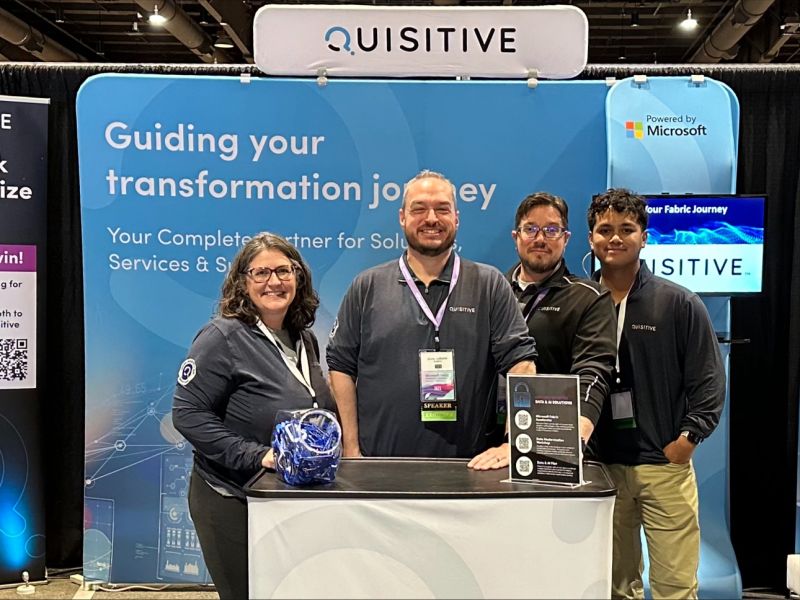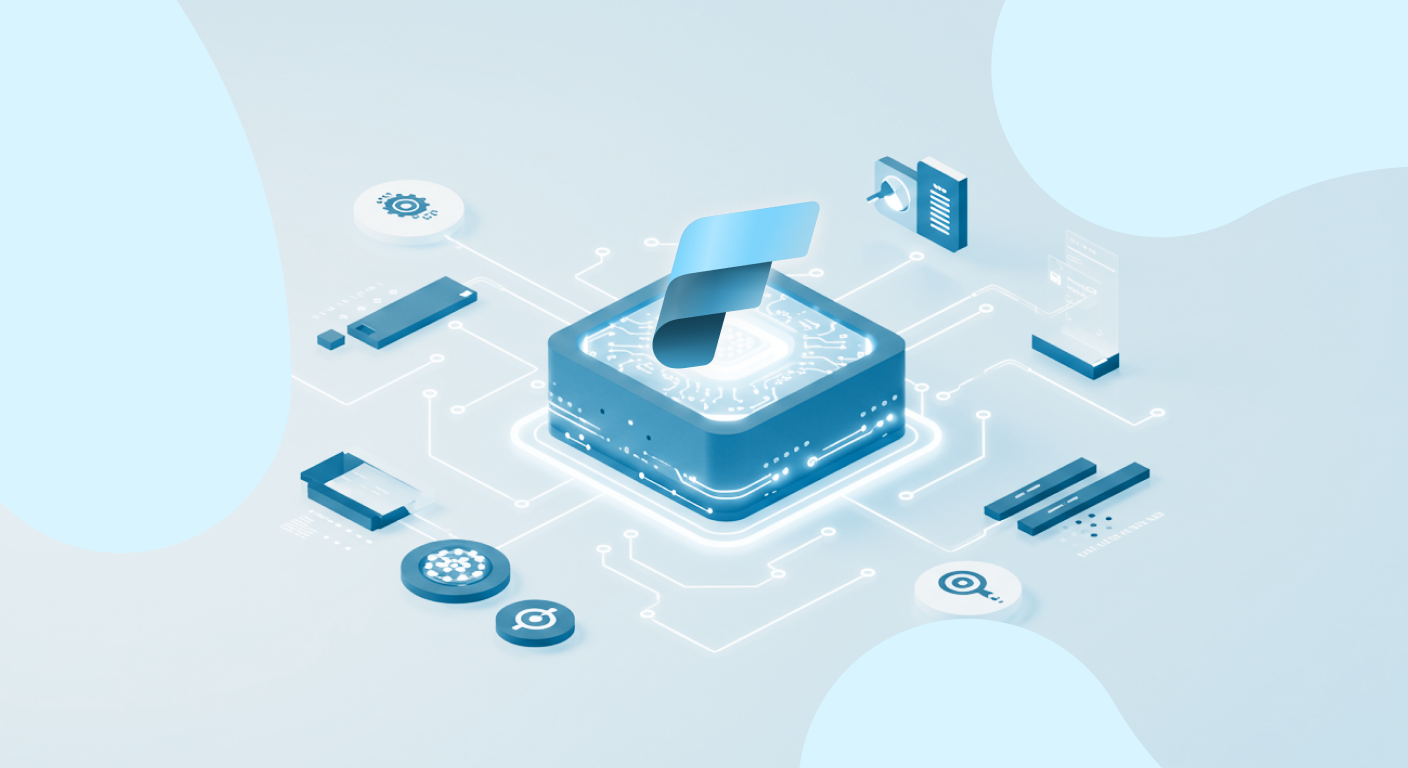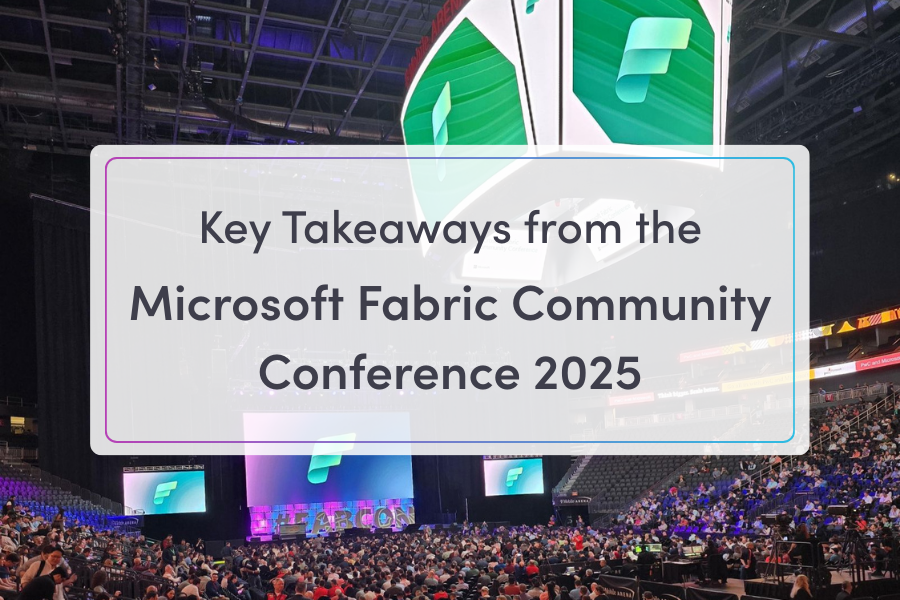We recently sponsored the 2024 Fabric Community Conference in Las Vegas and were thrilled to see our session packed with eager participants. The enthusiasm and engagement we witnessed inspired us to share the lessons we discussed on early adoption of Microsoft Fabric through this blog.

Below, we delve into the reasons why Microsoft Fabric is an essential tool and explore the critical lessons learned from implementing it in various contexts.
Why Microsoft Fabric? The 7 Reasons
Microsoft Fabric is a transformative platform that addresses numerous business challenges and offers substantial benefits:
1. Reduce Cost:
By streamlining operations, integrating data, and eliminating redundancies, operational costs are significantly lowered.
2. Improve Collaboration:
By seamlessly integrating communication, content sharing, and workflow automation, collaboration is enhanced, enabling efficient teamwork across various devices and applications.
3. Simplify Purchasing:
by combining multiple tools and data sources into a unified platform, simplifying procurement workflows and enhancing collaboration among stakeholders involved in the purchasing process.
4. Create a Data Culture:
Data is at the heart of decision-making. Fabric lays a strong foundation for creating a data-driven culture within organizations, ensuring that data is accessible, accurate, and actionable.
5. Address Data Silos and Duplication:
Data silos and duplication are significant issues that hinder efficiency. Fabric addresses these by integrating data across the organization, eliminating silos, and ensuring that data is consistent and reliable.
6. Accelerate AI Adoption:
Generative AI is transforming industries, and Fabric accelerates its adoption by providing the necessary infrastructure and tools. This enables organizations to integrate AI seamlessly into their operations.
7. Deep Integration with Other Tools:
Fabric’s ability to integrate deeply with other platforms and tools ensures that organizations can leverage their existing technologies while benefiting from Fabric’s capabilities.
The 7 Lessons in Early Adoption of Microsoft Fabric
As pioneers in Microsoft Fabric and other transformative AI solutions, we are here to share our top lessons learned in the early adoption of Fabric. We hope you can learn from our past and use these tips to accelerate your Fabric journey.
1. Have a Strategy
A clear strategy is crucial for successful early adoption. This involves understanding the purpose behind adopting Fabric, setting clear goals, and maintaining an emergent mindset. Early adoption requires a willingness to experiment, learn quickly, and adapt. It’s important to focus on outcomes rather than just output and map out a comprehensive strategy to guide the adoption process.
2. Create Safety for the Team
Ensuring safety for your team involves creating a clear purpose, promoting intent-based leadership, and fostering a blame-free culture. Reducing the friction of getting started and iterating on security and governance from the beginning are also essential. Daily communication helps keep everyone aligned and informed.
3. Understand the ROI
It’s important to understand and communicate the return on investment (ROI) when adopting Fabric. Fabric’s pricing is based on two variables: Compute and Storage. By understanding these costs, organizations can better manage their budget and demonstrate the financial benefits of adopting Fabric.
4. Be Transparent on the Risks
Transparency about the risks and challenges of adopting Fabric is vital. This includes highlighting the achievements and capabilities that have been delivered since general availability, such as HIPAA compliance, Private Link support, and VNet Gateway support.
5. Achieve Big Through Small
Breaking down large goals into manageable tasks allows organizations to achieve significant results incrementally. This approach ensures that progress is steady and sustainable.
6. Build on What You Know
Leveraging existing data architectures and traditional patterns can smooth the transition to using Fabric. Utilizing accelerators and remembering the importance of testing and training are key. It’s also crucial to keep business needs at the forefront.
7. Get Ready for AI
A robust data strategy is the cornerstone of a successful AI strategy. Implementing Retrieval-Augmented Generation (RAG) architectures enhances Generative AI solutions. Fabric’s unified development and governance experiences can accelerate an organization’s AI journey.
The insights and lessons from our session at the 2024 Fabric Community Conference underscore the transformative potential of Fabric. By adopting a strategic approach, fostering team safety, understanding ROI, being transparent about risks, achieving big through small steps, building on existing knowledge, and preparing for AI, organizations can successfully implement Fabric and reap its numerous benefits.
We hope these insights help you in your journey with Fabric. Stay tuned for more updates and success stories as we continue to explore the exciting possibilities that Fabric brings to various industries.
Authors:
Let’s get you started with Microsoft Fabric!
Quisitive’s Microsoft Fabric Accelerator helps organizations provision and implement Microsoft Fabric in just 4-6 weeks.

;)





